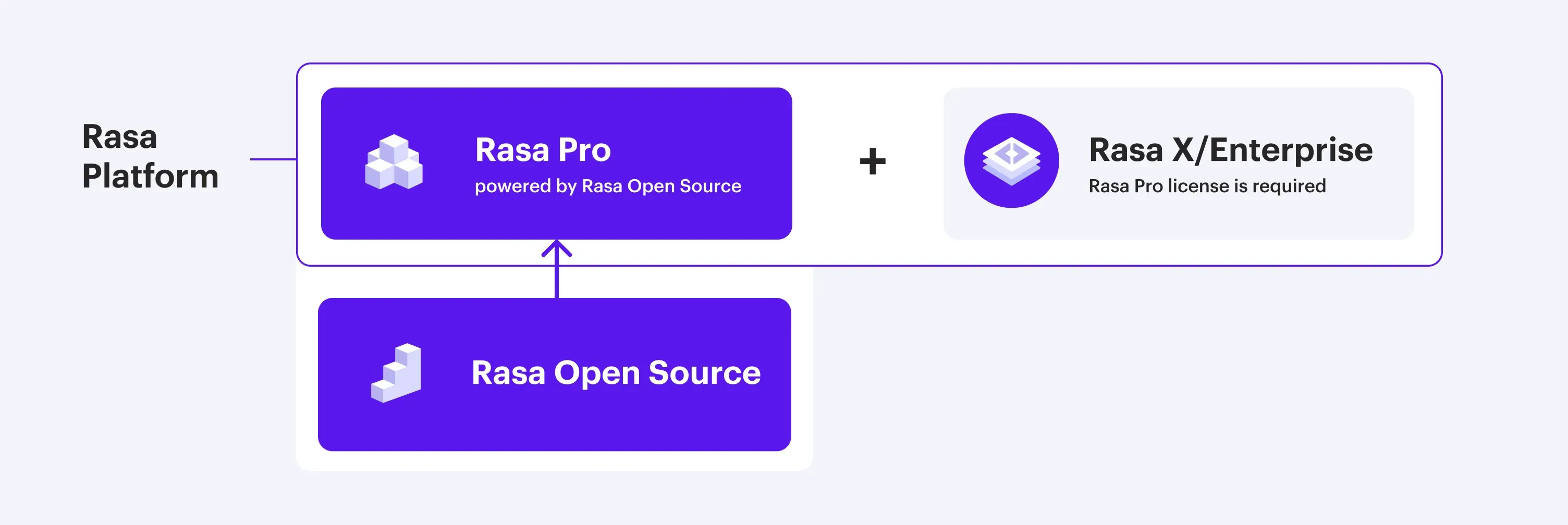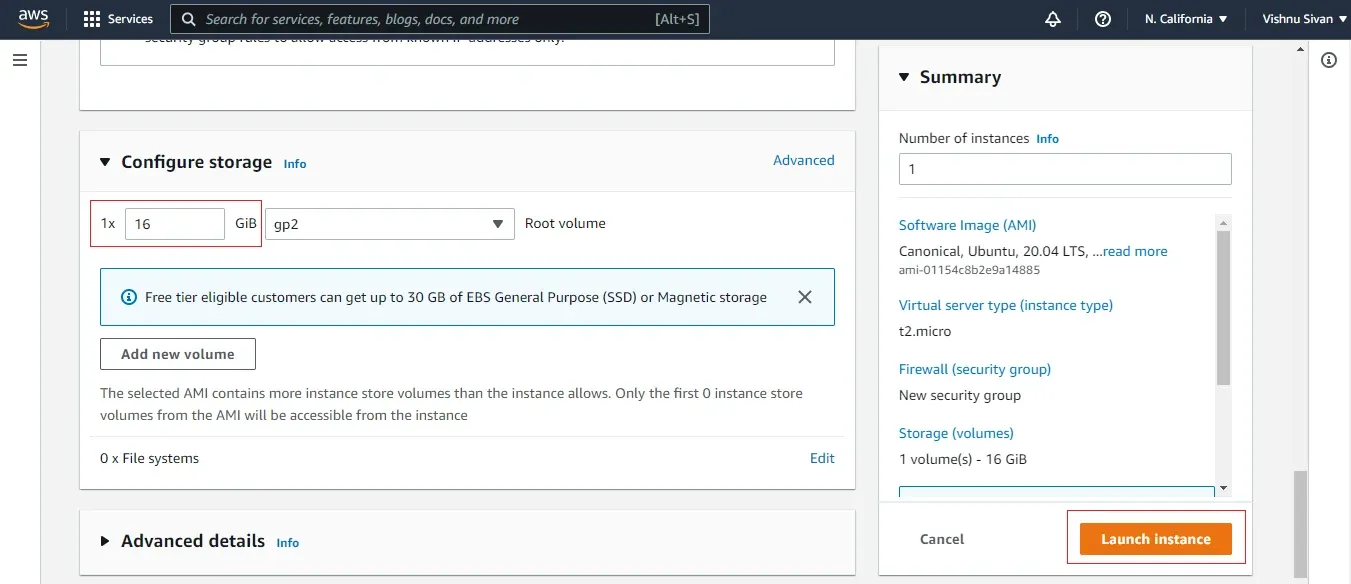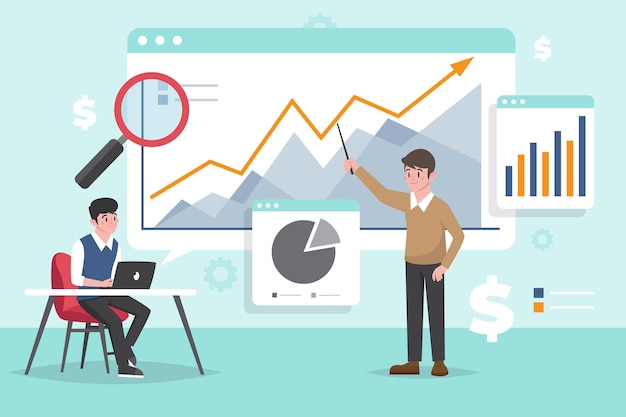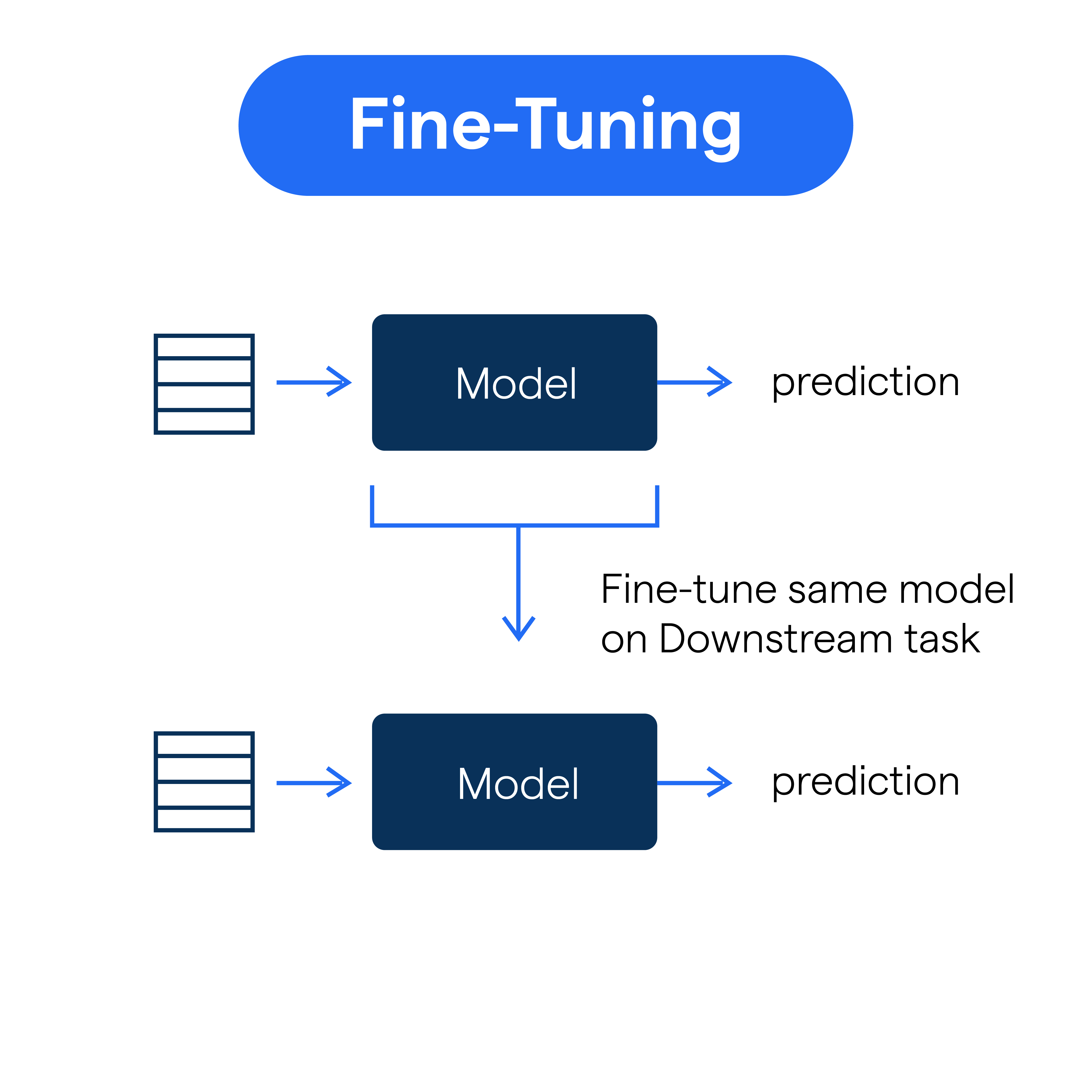Deploying Rasa, the leading open-source conversational AI framework, requires carefully evaluating your needs to select the optimal runtime environment.
Securing a high-performance, cost-effective infrastructure is critical yet challenging as Rasa adoption grows for building chatbots, voice assistants, and NL interfaces at scale.
According to a recent survey, Rasa X is the most popular Rasa deployment solution, followed by self-hosting and managed Kubernetes services.
This definitive guide explores key factors influencing real-world Rasa deployments - user volumes, latency thresholds, data regulations, tooling needs, and more.
You’ll find a capabilities comparison of all Rasa runtime options, from hosted cloud to on-prem Kubernetes, their pros and cons, plus expert tips for getting maximum value.
What does your project require - fully managed scaling or greater control?
What are the infrastructure costs involved? How can you future-proof as needs evolve?
With strategies for optimizing development workflows, too, this guide shares actionable insights on matching the best fit Rasa deployment architecture for your unique requirements with flexibility for growth.
Understanding the Deployment Needs
When selecting a deployment solution for your Rasa chatbot, it's essential first to consider your project's specific requirements and goals. Ask yourself questions like:

Scalability
Will your chatbot need to handle many users concurrently? Do you anticipate a significant increase in user traffic in the future?
Evaluating scalability helps ensure your deployment solution can efficiently handle the expected load.
Performance
How responsive should your chatbot be? Is real-time interaction critical?
Assess the performance requirements of your chatbot, including response time and latency, to choose a deployment solution that can deliver optimal performance.
Security
What type of data will your chatbot handle? Do you need to comply with specific security regulations or industry standards?
Considering security helps select a deployment solution that prioritizes data protection and offers appropriate security measures.
By understanding the specific needs of your chatbot, you can align them with the capabilities and features of the deployment solutions available, making an informed decision that meets your performance, scalability, and security requirements.
Available Deployment Options
There are several deployment solutions that you can opt for when deploying your Rasa chatbot.
Each deployment solution has its advantages and disadvantages, so it is crucial to evaluate them based on your specific needs and requirements. Here are some of the most common deployment options:
Cloud-Based Options

Many cloud providers, such as AWS, GCP, and Azure, offer chatbot deployment services that provide scalability, flexibility, and ease of use.
These options are best suited for those who require easy scaling, fast deployment, and straightforward maintenance.
Containerization
Chatbots can be deployed using containerization techniques such as Docker and Kubernetes.
This approach offers portability, scalability, and flexibility across different hosting environments. Containerization is best suited for organizations that require deploying chatbots in different hosting environments.
Serverless Functions

Serverless deployment involves deploying a chatbot without the need to manage server infrastructure, making deployment simpler and maintenance easier.
These services best suit organizations with automated scaling, fewer server management tasks, and lower operational costs.
You can select a solution that best fits your chatbot project goals by exploring these deployment options based on your specific requirements.
On-premises Deployment
This type involves manually setting up servers within your organization's infrastructure to host your chatbot.
On-premises deployment is suitable for those who need to comply with specific security protocols that don't allow cloud services. It also provides control over the hosting environment.
Factors to Consider
When selecting a deployment solution for your Rasa chatbot, several additional factors must be considered to ensure that the solution aligns with your project goals and requirements.
Cost and Budget Considerations

Different deployment solutions have varying costs and pricing models.
It's essential to budget accordingly, considering the costs associated with deployment, maintenance, scaling, and other relevant factors.
Ease of Deployment and Maintenance
Good deployment solutions should be easy to deploy and maintain.
Evaluating ease of deployment and maintenance allows you to choose a solution that saves time and resources for your team.
Integration Capabilities with Other Systems
Integration capabilities are essential when selecting a deployment solution for chatbots.
The solution should support integrations with your organization's other systems, including APIs, databases, and Customer Relationship Management (CRMs), providing seamless integration with your existing infrastructure.
Support and Community Resources
Quality support and community resources can be invaluable when deploying and maintaining your chatbot.
Selecting a deployment solution with robust support and active community resources can help resolve issues quickly and provide valuable insights to improve chatbot functionality.
By evaluating these factors when choosing a deployment solution, you can make an informed decision and select a solution that meets your chatbot's requirements.
Suggested Reading:
How to Get Started with Rasa for SaaS Businesses?
Evaluating Performance and Scalability
Evaluating the performance and scalability of a deployment solution for your Rasa chatbot is crucial to ensure smooth functionality, even under heavy loads.
Here are some key steps to evaluate performance and scalability:
Testing Concurrency

Simulate concurrent users accessing the chatbot to determine if the deployment solution can handle the expected user load.
This load testing helps identify bottlenecks or performance issues that may arise under heavy traffic conditions.
Handling High Volumes of Data
Evaluate how the deployment solution handles and processes high volumes of data, such as large datasets or real-time user interactions.
This includes assessing response times and latency and ensuring the solution can scale to handle increasing data volumes without degradation in performance.
Analyzing Performance Metrics

Measure and analyze performance metrics such as response time, throughput, and error rates.
This provides insights into the bottlenecks and areas for improvement within the deployment solution.
Fine-Tuning for Optimal Performance

Based on performance metrics and testing results, fine-tune the deployment solution and optimize its configuration to achieve optimal performance.
This may involve optimizing server resources, adjusting caching mechanisms, or refining algorithms to enhance performance and scalability.
By thoroughly evaluating and testing performance and scalability, you can select a deployment solution that can handle the expected user load, process high volumes of data efficiently, and provide an optimal user experience.
Ensuring Security and Compliance
When deploying a Rasa chatbot, ensuring the security and compliance of the solution is paramount to protecting user data and maintaining regulatory requirements.
Here are some key steps to consider:
Assessing Security Measures
Evaluate the security features and measures the deployment solution provides.
This includes authentication mechanisms, data encryption (at rest and in transit), access control, and protection against common security threats such as cross-site scripting (XSS) and SQL injection.
Complying with Data Protection Regulations

Evaluate whether the deployment solution meets data protection regulations like the General Data Protection Regulation (GDPR) or the California Consumer Privacy Act (CCPA).
Consider how user data is handled, stored, and deleted to ensure compliance with applicable data protection laws.
Industry Standards
Determine if the deployment solution adheres to industry standards and best practices for security.
This could involve compliance with ISO 27001, SOC 2, or other relevant certifications specific to your industry.
Suggested Reading:
11 Ways to Build a Better Chatbot with Rasa
Secure Data Transmission
Ensure user data is transmitted securely between the chatbot and the end-users. This may involve using secure channels like HTTPS and implementing secure protocols for data exchange.
Regular Security Audits

Perform regular security audits to identify any vulnerabilities or gaps in the deployment solution's security. Address these issues promptly to maintain a secure environment.
Considering these factors, you can choose a deployment solution that prioritizes data security, complies with regulations, and adheres to industry best practices to protect user data and maintain a secure chatbot system.
Conclusion
Choosing the right Rasa deployment solution can benefit chatbot implementation in countless ways, from enhancing user experiences to ensuring data safety.
An optimal deployment setup considers scalability, cost, functionality, integration to the existing ecosystem, and server infrastructure.
Recognizing your unique project needs assists in aligning them with the various Rasa runtime options.
Be it a fully managed system or a more hands-on approach, a holistic evaluation of factors like cost-effectiveness, maintenance, performance metrics, and regulatory compliance is essential.
Use this guide to navigate your concerns about the infrastructure, tooling, security, and even future-proofing of your Rasa chatbot deployment and ensure successful project delivery.
Frequently Asked Questions (FAQs)
How do I determine if my chatbot requires a cloud-based deployment solution?
Consider the scalability requirements of your chatbot.
A cloud-based deployment solution offers the flexibility to scale up or down seamlessly, ensuring optimal performance and scalability to handle high volumes of data and concurrent users.
What is an on-premises deployment solution, and when should I choose it?
An on-premises deployment solution involves deploying the chatbot on an organization's servers.
Choose this option when you require greater control over your infrastructure and must comply with strict data security policies.
What are the benefits of a containerization approach for Rasa deployment?
Using technologies like Docker and Kubernetes, a containerization approach provides portability and scalability, enabling easy deployment across different hosting environments.
This approach ensures that your chatbot is platform-independent and reduces the risk of system failures.
How important is security in selecting a deployment solution for my Rasa chatbot?
Data security is crucial in selecting a deployment solution.
Evaluate the security measures of the deployment solution to ensure that it protects user data and complies with data protection regulations and industry standards.
When selecting a deployment solution for my Rasa chatbot project, is it essential to consider cost and budget?
Cost and budget should be an essential consideration when selecting a deployment solution.
Understand the total cost of ownership, including setup, maintenance, scaling, and ongoing support, to ensure it aligns with your budget.
When selecting a deployment solution to ensure a successful Rasa chatbot project, what should I consider?
Evaluate your project goals and requirements, including scalability, performance, security, and cost, to determine the right deployment solution for your Rasa chatbot.
Consider real-world case studies to gain insights and make an informed decision.


